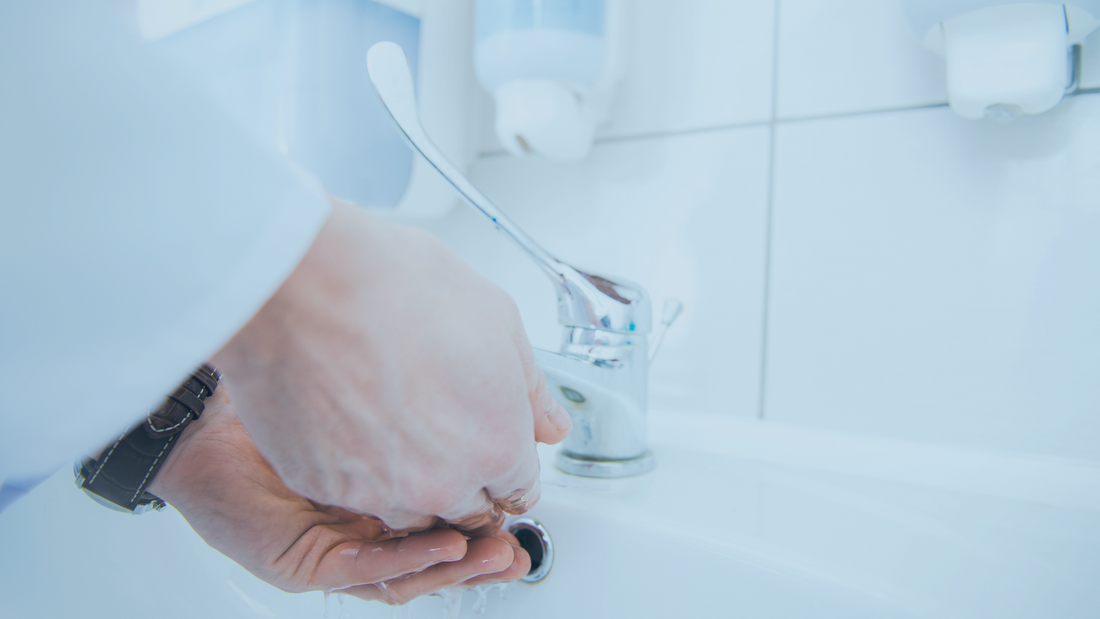The design and layout of healthcare facilities play a crucial role in infection prevention and control. Well-designed spaces can minimize the spread of pathogens, reduce the risk of healthcare-associated infections (HAIs), and improve patient outcomes. By incorporating infection control principles into facility design, healthcare organizations can create safer environments for patients, staff, and visitors. Let's explore some strategies for optimizing healthcare facility design to enhance infection prevention and control.
Layout and Flow
One key consideration in healthcare facility design is the layout and flow of spaces. Well-designed layouts minimize congestion and facilitate efficient movement of patients, staff, and supplies, reducing the risk of cross-contamination.
For example, separating high-risk areas such as emergency departments and intensive care units from low-risk areas like outpatient clinics and administrative offices can help prevent the spread of infectious diseases. Additionally, designing centralized hand hygiene stations and strategically placing hand sanitizer dispensers throughout the facility encourages regular hand hygiene practices among staff and visitors.
Ventilation and Air Quality
Proper ventilation and air quality are essential for reducing the transmission of airborne pathogens within healthcare facilities. Implementing ventilation systems with high-efficiency particulate air (HEPA) filters and ultraviolet (UV) germicidal irradiation can help remove airborne contaminants and maintain clean indoor air.
Moreover, designing spaces with ample natural light and outdoor views not only improves the well-being of patients and staff but also supports infection control efforts. Sunlight has been shown to have antimicrobial properties, and exposure to natural light can enhance mood and productivity, contributing to overall healing and recovery.
Surface Materials and Finishes
The selection of surface materials and finishes can significantly impact infection prevention and control. Choosing non-porous, easy-to-clean materials for floors, walls, and furniture reduces the risk of microbial contamination and facilitates thorough cleaning and disinfection.
For example, surfaces such as stainless steel, laminate, and solid surface countertops are resistant to moisture and microbial growth, making them ideal for healthcare environments. Additionally, minimizing the use of textiles and porous materials reduces the potential for harboring pathogens and allergens.
Integration of Technology
Advancements in technology have revolutionized infection prevention and control in healthcare facilities. Integrating technology into facility design can streamline processes, enhance surveillance capabilities, and improve communication among healthcare providers.
For instance, incorporating hands-free fixtures such as automatic faucets, soap dispensers, and flush valves reduces the risk of cross-contamination and promotes hand hygiene compliance. Similarly, implementing electronic medical record (EMR) systems and digital communication platforms enables real-time monitoring of infection control practices and facilitates rapid response to emerging threats.
Staff Training and Education
Finally, staff training and education are critical components of infection prevention and control in healthcare facilities. Ensuring that healthcare personnel are well-trained in proper hand hygiene techniques, cleaning and disinfection protocols, and personal protective equipment (PPE) usage is essential for maintaining a safe and hygienic environment.
Summary
In short, optimizing healthcare facility design for enhanced infection prevention and control requires a multi-faceted approach that encompasses layout and flow, ventilation and air quality, surface materials and finishes, integration of technology, and staff training and education. By prioritizing infection control principles in facility design, healthcare organizations can create environments that promote patient safety, improve outcomes, and mitigate the risk of healthcare-associated infections.

